|
Click here for some background plus the bottom half of this list. Without further ado, here's the top half plus runners up: 7. Mr. Bachmann and His Class (Herr Bachmann und seine Klasse) "I think we should stick together as a class." Dir. Maria Speth 217m. Synopsis: Document of a middle-school teacher teaching his final class using an unorthodox approach. Trailer. I tend not to think of documentaries as being cinema; they’re a different medium, doing their own thing with different standards of expectation. As Frederick Wiseman says about his own films, though, and as he would undoubtedly say about this very Wiseman-eqsue piece, this isn’t a documentary. It isn’t seeking to impose an opinion on reality. It just is. Due to the necessity of editing, of what’s kept in the frame and what’s kept out, no film can escape subjectivity; but this is as close as we can get to a true fly-on-the-wall experience. Herr Bachmann is 217 minutes spent in the classroom and with the lives of these very real people, and this very real, deeply inspiring beacon of a teacher, bringing souls and minds together in that unique and somewhat rare anachronism: a small town that (due to certain historical specificities) is ethnically diverse. The film is a microcosm of many things, and a reminder of how we can behave. Most of the films on this list, and great films generally since 1960-70, are depictions of what not to do, presented for the edification of the audience. Cinema is often afraid of being sincere. Sincerity is delicate, sometimes very nearly too beautiful to handle. In the wrong hands it loses its spark and tips into schmaltz. But director Speth modulates her depiction of life with great, subtle finesse, and offers us that rarest of things– an inspirational and entirely rejuvenating example of what's still possible. A model for living, and a hope for our future. 6. All Quiet on the Western Front (Im Westen nichts Neues) ""In the name of humanity, I ask you to agree to a ceasefire." Dir. Edward Berger. 148m. Synopsis: A German soldier in World War I loses everything. Teaser. Trailer. You are wondering what another war film could possibly bring to the cinematic conversation. There are already excellent war films. You have your favorites. But this one is different. The landmark German novel was famously adapted in 1930 into a decades-ahead-of-its-time version as successful as Saving Private Ryan in shocking audiences into the realities of war, and ended on a punishingly sudden note that still horrifies to this day. Edward Berger’s new version is the first German adaptation of the novel, which itself continues to grab people because of passages like this: “But the bayonet has practically lost its importance. It is usually the fashion now to charge with bombs and spades only. The sharpened spade is a more handy and many-sided weapon; not only can it be used for jabbing a man under the chin, but it is much better for striking with because of its greater weight; and if one hits between the neck and shoulder it easily cleaves as far down as the chest. The bayonet frequently jams on the thrust and then a man has to kick hard on the other fellow's belly to pull it out again; and in the interval he may easily get one himself. And what's more the blade often gets broken off. " You’ve never seen that in a film. You won’t see it here either, but you’ll feel it: the freshness of unvarnished perspective. The novel and its story pull back layers of enculturation, socialization, misguided beliefs. It emphasizes the reality of war not only on the ground (as many films do) but also ideologically (which most films avoid): that it’s nothing more than rich men hiding in rooms, sending poor people to do their fighting for them, and considering those poor lives completely expendable. Says director Berger, “Normally, the moment I bring up my next project, my kids disappear. They think, ‘Oh, it’s so boring.’ But this time, my daughter heard the title and she whipped around and said, ‘All Quiet on the Western Front? You absolutely have to do it. It’s the book that’s touched me most. I cried three times. I just read it in school.’ She was 17 at the time. She’s now 20. I thought, ‘If a book still has such an impact on a 17-year-old girl something like 90 years after its publication…’ — and it’s a war novel, it’s not really meant to entertain a 17-year-old girl— there must be some relevance left to it.” And so there is. This adaptation belongs in the conversation of the best three or four war films ever made. Why? It remains faithful to Erich Maria Remarque’s famous lines: “death is not an adventure for those who stand face to face with it.” It understands that courage, bravery, morality, ethics, accountability, and respect do not exist on the battlefield, and if ever they do, they are the exception proving the rule. It understands that men are never tough; they only pretend to be. All men are children, and the toughest of them are merely convincing actors. Casting the distinctly 'unmanly' theatre actor Felix Kammerer in the lead was a wise coup, and emphasizes the fragility of humans in inhuman spaces. It reminds us of the overstepping humiliation of the November armistice and Treaty of Versailles, without which WWII might have been avoided. World War I more specifically encapsulates the regular problem of war being the result of territorial or ideological squabbles and leaders hungry for power and recognition. All violence is an attempt to restore pride. All violence is an attempt to eliminate shame. In this case, the wounded pride of a few child-men who happen to be leaders. Its spectacular photography. Consider the painterly frames in the trailers above, and their rich, saturated blues, teals and oranges. Note the depth in the compositions. The awareness of texture (especially mud) and deployment of it as a motif. Berger and lenser James Friend take a page from Deakins’ work on 1917, particularly in Deakins’ use of color and shadow, but they put all their camera movements and cutting in service of the narrative and its ideas, rather than as an (impressive) showcase of technical virtuosity. Berger also pushes much further in tackling the ramifications of what he’s depicting than 1917 does. And most successfully, it manages to avoid the trap Ursula K. Le Guin warned us about: That the treason of the artist is to make evil interesting. To conceal “the banality of evil and the terrible boredom of pain.” 5. The Blue Caftan (Le bleu du caftan) "No wants to learn the craft anymore, Halim." Dir. Maryam Touzani 124m. Synopsis: A middle-aged tailor and his wife find their relationship turned upside down by the arrival of a handsome new apprentice. Trailer. Perhaps I found the pace glacial because the chairs in the theatre were massively uncomfortable. Did that affect the film? Did it, perhaps, help the film? Sometimes a slow pace is a good thing. It encourages us to think. It invites further reflection, thoughts we wouldn’t have had otherwise, like standing before a painting for a long rather than a short time. I found myself incomparably moved by the enormous decency these characters have. What deeply embedded goodness. That alone makes the film worth seeing. It keeps authentically to the gentle pace of their lives, during a period of simultaneous decline and rebirth. Are all of our days perhaps the same? Can we fashion our lives to include beginnings, and not only endings? If we were judging films by their conclusions, this would be my pick for the year. 4. Babylon "It's a disease." Dir. Damien Chazelle 189m. Synopsis: During Hollywood's transition to sound, a production assistant witnesses the declining fortunes of those around him and tries not to get lost himself. Trailer. Okay. Let's talk about this. I. Context and a warning Firstly: Babylon is a victim of the laziest marketing campaign I can recall, which managed not to convey the simplest facts of the film’s story (the effects of a changing industry on three characters), time period (Hollywood at the inception of sound and censorship), who its main characters are (an inexperienced PA with a talent for improvisation; a breakout female star; a popular male actor in decline), the fact that its director previously made the critical and commercial smash hits La La Land and Whiplash, nor its main theme (the monstrous and inviolably destructive impact of celebrity). Paramount underwent a regime change between the greenlighting and release of this film, but even so you’d imagine the marketing department could have done better, considering the gold they were given to work with. But in time we'll forget all that. Only the film will remain, and the film is magnificent. But should come with a warning: you will not be prepared for the level of depravity in this film. It puts The Wolf of Wall Street, Eyes Wide Shut, Moulin Rouge and others to shame. I was surprised to learn how much of it is accurate. The film’s most outrageous moments have inspirations from life, and the title is, in every way, spot-on (even Mr. Maguire’s underground nightclub has antecedents in life; such a place existed in 1920s Paris). We easily forget the incredible difference between the '20s and the period lasting from about 1930 to 1960. Los Angeles in the '20s was a town, not a city, a desert town with dirt roads, and it seemed highly improbable that the place would ever become bigger. It was an unregulated space. What were these people doing out there in the desert, and who were they? II. Desperation and its clutches The medium of film was still new, and the system for making them in Hollywood hadn’t been codified. Overseers were few. There were more women directors. People of color could make moves they couldn’t later on. Money was flowing. Drugs, parties, overdoses and suicides were aplenty. People were coming out of a world war and a worldwide pandemic, and there was desperation in the air. New drugs were overrunning the place. (Sound familiar?) People were coming in from small towns all over the country, totally unprepared for the worlds they were making, falling in with, working in a medium that people weren’t even sure was art yet, a medium that stumbled behind the innovative spirit that was pulsing through 1920s painting, music, literature, and architecture. It was on the verge of joining them, of peaking, in the wild fever of silent film, the most creatively fertile period in the history of the movies… when the nearly simultaneous twin introduction of sound films and conservative morals came along and, incredibly, made things worse than they already were. Chazelle’s new film is only partly a hate letter to Hollywood, following the love letter that is his 2016 La La Land. He reinforces the idea of this being a companion piece in reworking a musical motif from the previous film. But in a vein closer to Scorsese’s famous penchant for not telling the audience what to think about his characters, Chazelle here asks us questions while rigorously withholding answers. The outrageous nature of the behavior shown in the parties and elsewhere in the film belies a certain desperation. People act out when they’re desperate. They hide when they’re desperate, through escape, distraction, excess. What are they hiding from? What is the logical extension of such excessive behavior? What lies at the end of running, and running, and running away? That’s the elephant in the room in the opening party scene, not the four-legged behemoth which crashes into the space. Notice how joy progressively seeps out of the parties until all that remains is a nightmare. Some things are not sustainable, and 1920s Hollywood was one of them. The town was then, as it is today, a place that destroys people, and Chazelle’s canvas conveys the all-inclusive power of the death drive we call celebrity. Only the meek, the wise, the untainted, stand a chance of getting out. Formally, you won’t find a more intoxicating experience. Shot in 35mm and readily detectable as such, the image positively oozes life with its swimming grain, deep, rich tone curves, inky blacks and use of anamorphic period lenses barely able to hold focus in close-ups. Observe the wild enthusiasm of the tracking shots following Margot Robbie through the outdoor set and elsewhere; the deft precision of the montages, most notably in the ‘first sound take’ scene and its escalating tension through repetition; and the astonishing first hour, which is two huge sequences you won’t soon forget. III. That Ending Like TÁR but less so, Babylon presents its ending as a Rorschach test, letting us interpret as we wish. [SPOILERS] I don’t see the final montage as an homage to cinema, as many have written. In the same way that I don't think Brad Pitt's monologues extolling popularity are to be taken literally (witness his inability to recognize the gift he later receives): a depiction is not automatically an endorsement. I see Manny Torres as a man who’s been smart enough to get out of the game, and who remembers with conflicted feelings the world he left behind. Yes, he and especially his actor friends achieved a sort of immortality… but at what price? All his friends are dead, and they’ve been turned into punchlines. The film he’s watching has no idea what those battlefields were like. What losses and joys were sustained, what hardship and suffering and vitality. He sees that the film image cannot compete with the complexity of life. Existence is eternally unresolvable, and cinema can only reflect it, never solve it. Cinema is a mere shadow... oh, but what a shadow! What a hypnotic mix of creation, as filled with garbage as gold! Chazelle is keen to include not just obviously great films, but mediocre ones too, as well as pictures as awful as some of the duds Manny and his friends sweated their hearts out making. Is Babylon itself aware that it may be the last film of its kind? A large-scale, big-budget dramatic picture for adults only? Something about the conclusive finality of this montage hints at that for me. We are at the end of the road, and this audacious picture, in its last sequence, seeks the impossible– to contain all the madness which came before. The montage is imperfect; all montages of the entire history of cinema are. But you have to admire the audacity of it. The images turn to shots of processing emulsion and finally to pure washes of color, reduced to the elemental. All things come to an end. It’s 1952 in America, and like today, everyone is spelling the end of cinema, at long last destroyed due to television, declining attendance, declining quality. It is on its last legs. It is dying. It is dead. But that’s okay. When it was alive, he was there. 3. Happening (L'événement) "What's wrong?" Dir. Audrey Diwan 100m. Synopsis: A pregnant high-schooler in 1960s France wishes to continue her schooling, but finds herself pregnant. Trailer. How solitary is lived experience, and how especially so when our trials must be kept private? Those of you who've had to live with traumas that can't be shared, or feel like they can't be shared, will relate. Perfect films are rare. This is one. Director Audrey Diwan’s degree of formal rigor in this, only her second film, astounds. The 1.33:1 frame is an appropriate choice for the claustrophobic storyline and its singular focus on its protagonist, a high schooler who seeks desperately to get an abortion at a time when it was still illegal in France to do so. Diwan’s precise compositions recall Andrea Arnold’s assertion that the 1.33 ratio is a portrait frame, and implicitly respects a figure who’s centrally placed in it. The world may not respect the girl’s livelihood, goals, and needs (the material is based on novelist’s Annie Ernaux’s own harrowing trials as a teen), but the mise-en-scene does. Diwan’s careful decisions in sound, and especially silence, are best experienced in a theatre. Winner of the Golden Lion (Best Film) at Venice. 2. The Quiet Girl (An Cailín Ciúin) "You don't have to say anything." Dir. Colm Bairéad 94m. Synopsis: 1981, rural Ireland. A neglected girl spends a summer with foster parents. Trailer. Gentle kindness can be rare. Are we so callous that we don’t afford it the same wonder we reserve for more obviously shocking things? Can we summon up enough of our best selves to celebrate it, foster it within ourselves and appreciate its quiet grace? It is a perfect film. Kind and small, every note containing volumes, with an attentive and sensitive camera registering the smallest details as the important moments they are. Note the narrow depth of field, the limited color palette, deft interweaving and elongation of time and space. 1. TÁR "Don't be so eager to be offended. The narcissism of small differences leads to the most boring kind of conformity. " Dir. Todd Field 158m. Synopsis: An exploration of the intersection between the impulse toward creativity and the impulse toward power. Teaser. I’ll reuse Rivette’s famous comment on Journey to Italy as the best way to sum up this film: with the arrival of TÁR, all other films have instantly aged ten years. Films usually lag behind social movements because they take so long to make. This is the film, finally, that comprehends the modern age. It sees, and pierces, and elevates us with its forceful, prodigious being. With more rigor than any film I’ve recently seen, TÁR withholds its opinion on what it’s showing us. Director Field does not ever tell us what to think of his remarkable main character, the things she does (or perhaps doesn’t do), and the things that happen to her. Does the final scene represent a downfall? Or an awakening? The film can be seen as a portrait of power and its corrupting influence, but without denying the truth of that, I think that’s the easy interpretation. It is as easily a film about how power structures stand exhaustingly in the way of making great art rather than facilitating it. It can be seen as a culture closing in, a death of the possibility of art; a portrait of a world where creativity can no longer blossom. Or as the great critic Justin Chang says, of “a world where everyone wears masks, and the power of the sublime no longer holds sway.” It is a film which rejects the either/or dichotomies we so readily embrace now. It encourages us to consider how these characters got to the point in which we see them. Certainly Lydia Tár and Sharon had a healthy relationship beforehand; what happened? When did Lydia’s priorities begin to shift, probably without her realizing? Unlike many films this one acknowledges the reality of the COVID pandemic and depicts people, like us, coming out of it, and also like us, with psyches damaged by its constraints and not fully aware of the impacts. There are truths to be found in Field’s Kubrickian control of the camera. His precise compositions and remarkable use of silence and sound. The impressionistic intercutting of fears, visions, memories all as one, the incorporation of how Lydia hears the world around her, how her predilections result in constant paranoia… this is all conveyed through form, not dialogue. Second viewings will reveal figures in the distance. Patterns that shouldn't be there. Field’s insistence on shooting all exteriors and window-facing interiors during a specific three-week period in Berlin’s November, because there’s a quality of light then that he found important, is only one example of the endless detail this slippery picture possesses. Even more than Lee Chang-Dong’s Burning (essay of mine on that one here), I can’t think of another modern picture which respects its audience to this degree. It gives you no instruction on how to decode its protagonist, no decree on how to judge her. The film is instead a Rorschach test which tells you about yourself (and changes on different viewings). The finale can be seen (SPOILERS) as her final and deserved humiliation; as her finally stripped of her power, with only skill left behind. The film is slippery. It can be seen as an indictment of a system that feeds the worst behaviors, condemning them while also, hypocritically, demanding the hunger for power that fosters them. It’s also a magic trick, pulling our attention away from what’s in plain sight. We wonder whether she’s preyed on the student(s) or not, but that’s a distraction from the undeniable crime right in front of our faces: the monstrously selfish and transactional nature of her interactions with all the people she comes into contact with. It’s the mundane, unconcealed, quotidian interactions which tell you the truth about a person. The film trusts us, enormously, to have the intelligence to come up with our own conclusions, our own interpretations. I see the ending (still SPOILERS!) as her having, at long last, transcended her pride. She has finally, and not by her choice, had to put behind herself her transactional lust for control, for the limelight, and let what was always there take precedence: her passion for creating. Power is addictive. Who are you when it’s easily available? Who are you when it’s taken away from you? Art demands risk-taking. Here she is stripped clean. She takes the work, ridiculous and lowbrow as it is, seriously. On her terms. It was always the artmaking that was her passion, and here she can do it, finally, without having to chase power. How many films are aware the how matters more than the what? TÁR is a film of questions, answered with more questions. It will outlast all the titles on this list. --- Runners up The titles below are included because I saw them only once and they were too overwhelming to process on a single viewing and I don’t know how to rate them, despite getting much out of them. I had to see TÁR and Babylon twice to appreciate their effect. Maybe these titles are similarly masterful, or not; but either way they didn't reveal themselves fully on first viewing, and this is to their credit. A. Close "Will you ever come back home?" Dir. Lukas Dhont 104m. Synopsis: A boy learns a crucial fact about himself, too late. Trailer. A boy who doesn’t know a crucial fact about himself. When does it come to him? There is no exact moment. Or is there? How are insights born? There are epiphanies we have which feel more like afterthoughts; a surprise at something our body already knew, which we are only now coming round to consciously grasping. The less said about this extraordinary film, the better. Relinquish yourself to its sensitivities. Notice its remarkable natural light cinematography. B. RMN “Stay away from wild animals when you’re unarmed.” Dir. Cristian Mungiu 125m. Official synopsis: A non-judgmental analysis of the driving forces of human behavior when confronted with the unknown, of the way we perceive the other and on how we relate to an unsettling future. Trailer. Everything in this film, like the line above, has a double meaning. his respect for the audience approaches that of Field’s TÁR– how about that ending, which could be interpreted at least four different ways, all of them legitimate. It’s a puzzle box, and it makes us ask ourselves how we think, what we believe. RMN as a title suggests “Romania,” where the film takes place, but it also means “MRI,” and it lives up to that title in being a thorough dissection of the country’s cultural attitudes. What’s to be done in the face of such awful racism? The ending, in combination with Mingiu’s other pictures, hints at a solution, and it’s neither belligerent nor optimistic. As for style– Mingiu is the 21st-century formalist par excellence. Notice how he only moves the camera when a character moves in such a way as to motivate the movement. He composes in a manner that recalls both the tableau and the deep-focus composition. Note his 17-minute shot of the town hall meeting– the careful overlaps of dialogue, the cramming of detail into the frame and skillful drawing of our eye from this area to that with speech, head turns, and other movement (click here for an interview with Mingiu about the construction of that scene). C. Hold Me Tight (Serre moi fort) "She won't come back." Dir. Mathieu Almaric 97m. Synopsis: A woman one day simply walks out on her family. Or does she? Trailer. Reknowned actor Almaric serves here as director, and like his previous La chambre bleue, makes demands of the audience hardly any American film would dare. I had to struggle to keep up– not because things were convoluted, but because I was being asked to think differently. To step up and use as much of my brain, memory, knowledge of people and life– as possible. Don't you love that feeling? When you rise to your fullest self? How often is any form of that asked of us? I was reminded of reading Faulkner's As I Lay Dying, and needing to draw charts to figure out what was going on. This is cinema at its most sophisticated... and its most emotionally searing. The beguiling structure doesn't confuse, but somehow rather instead pulls us in, asks us to engage and grapple, and we feel involved, experientially, in a way most films don't realize they can attempt. Hold Me Tight goes there. I'm glad I took the journey. It's been a year of challenging cinema, and beautifully photographed cinema. As with Close, note the absolutely gorgeous natural light cinematography, and the tendency toward evocative shallow focus. D. Armageddon Time Dir. James Gray 114m. Synopsis: Based on an incident Gray lived through as an eleven-year old when he transitioned from public to private school in 1980s New York City. Trailer. No filmmaker since Bresson so knows himself, and can speak about his work with such accuracy, as James Gray. His numerous press appearances are treasure troves for students of film and life. Here, taking the memoir format a la The Fabelmans, he spares his child-self character no mercies of depiction, aiming for the truthful jugular at all times. He expects us to pay attention (for example, not spelling out that that red-haired racist classmate is a future US president). And Gray refrains from pointing fingers, not letting himself off the hook over an admittedly minor culminating incident, but lets us decide how to feel. Unlike so much contemporary discourse we're not asked to take sides, and more than that Gray doesn't tell us which ideas are the film's; in interviews he points out Hopkins' eloquent advice is a contradiction to his own past behavior, and that Strong's well-meaning suggestion to his son is given with blinders the speaker doesn't know he has on. Life is complicated. The oppressor can also be oppressed. An outstanding film I feel I need to see twice in order to say I’ve seen it once. He has the nerve [SPOILERS] to end on a note of complete limbo, resisting all impulses to deviate from the maxim we know is true: peace is found not in answers, not in understanding, but in relinquishing the need for them. Life is merely to be experienced, and we do the best we can, improving as we go along. E. The Radiant Girl (Une jeune fille qui va bien) "I pretended not to see." Dir. Sandrine Kiberlain 98m. Official Synopsis: “Paris, summer 1942. Irene is Jewish and French. She is 19 and living a life of passions - Her friendships, her new love, her desire to be an actress - Nothing suggests that Irene's time is running out.” Trailer. The synopsis says it all. That, and the original title, which translates more closely as “A young girl who is well.” We know with historical hindsight that humiliation, suffering and death await her and all her Jewish friends and family. But she doesn’t know any of that. What don’t we know about our own futures, now? And does it matter? What else can you do but go forth as well as you can, as radiantly as you can, with your best and most joyful foot forward? To be happy as fully and richly as possible, right up until the moment you can't? F. The Whale "Think about the truth of your argument."
Dir. Darren Aranofsky 117m. Synopsis: An obese English teacher attempts to reconnect with his estranged teenage daughter. Teaser. It’s so nice to see kindness enacted onscreen. Empathy, forgiveness. As mentioned earlier, many of these titles enlighten us by illuminating the harsh realities of bad decisions. It’s been said that a Tragedy is a story wherein a character experiences the consequences of their actions, and a Comedy is a story wherein the character doesn’t experience the consequences of their actions (which is why 2019’s Joker is, as its main character correctly notes, a Comedy, though my main beef with that film is that the character evolves into an abstraction). If that is true than The Whale is a Tragedy, but it doesn’t feel like one, because the protagonist’s actions lean toward the good. Kindness is the goal. Samuel Hunter's screenplay believes not the cynic's gospel about how positivity covers up harsher truths, but rather the opposite: badness is superficial, and beneath the layers of protection, posturing, and hate is a wounded animal who is hurting, who would like to be loved. And doesn't know how to ask for it. What enormous impact we have on others when we learn to love ourselves. --- Thanks for reading!!
0 Comments
Leave a Reply. |
Nathan
Archives
July 2024
Categories |


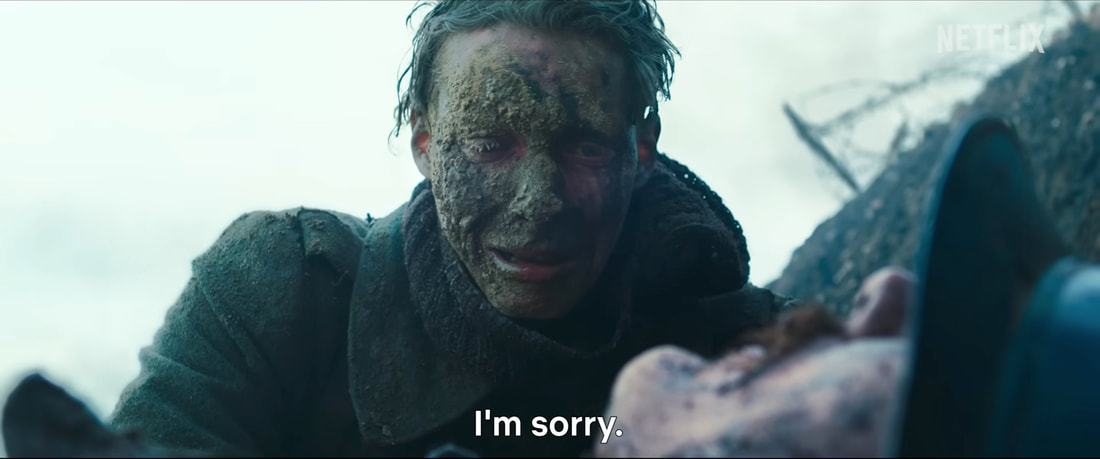
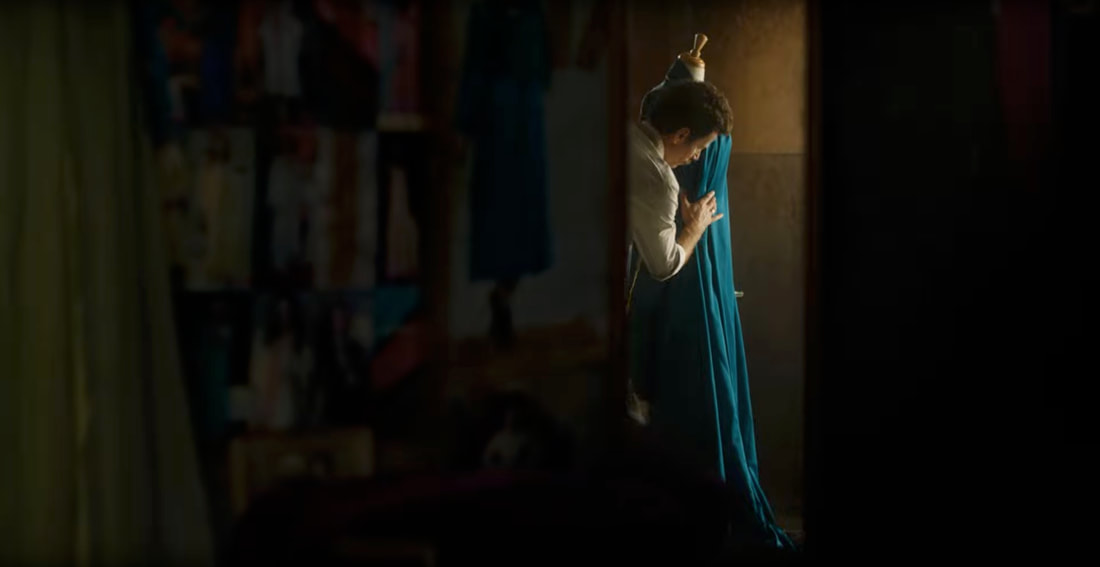

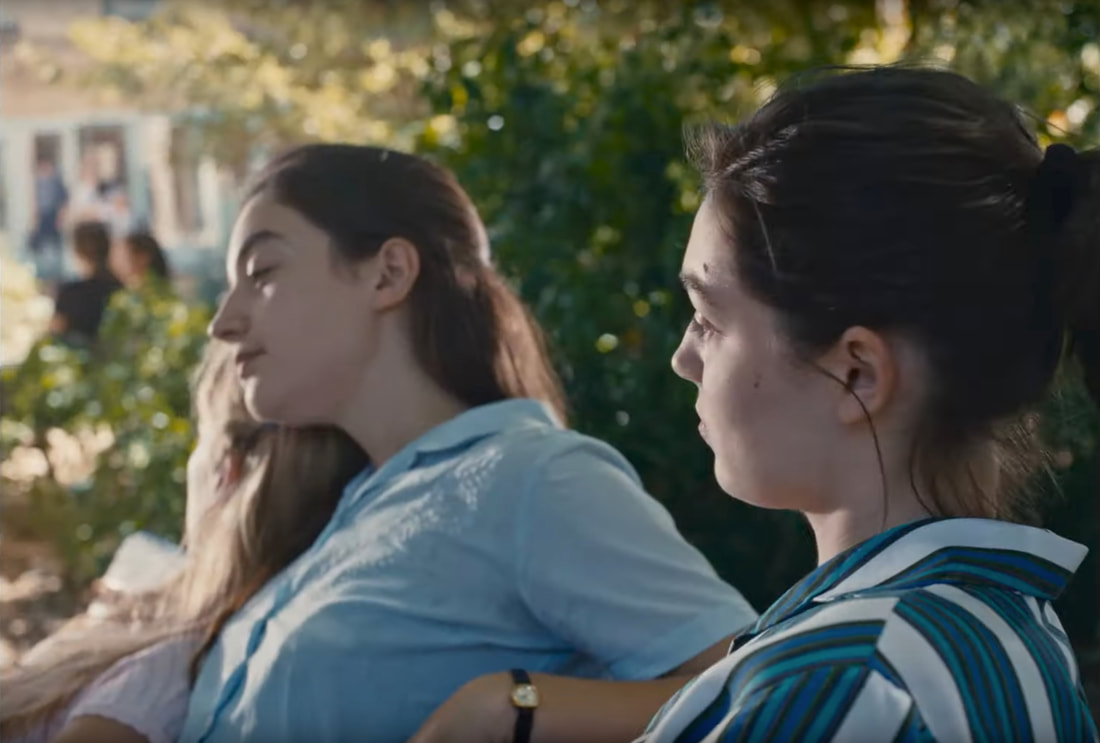


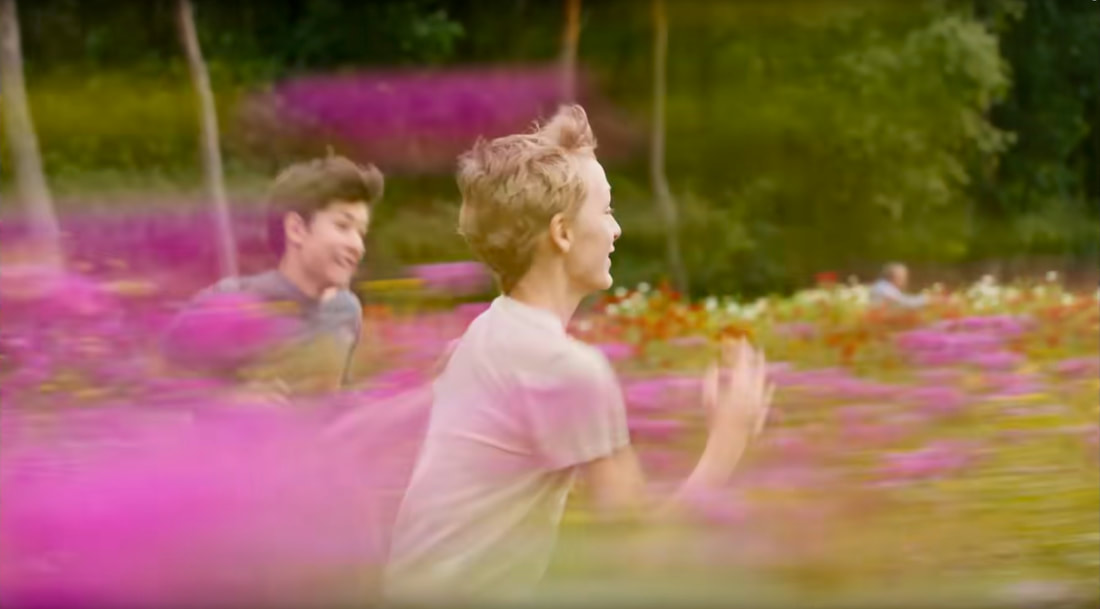




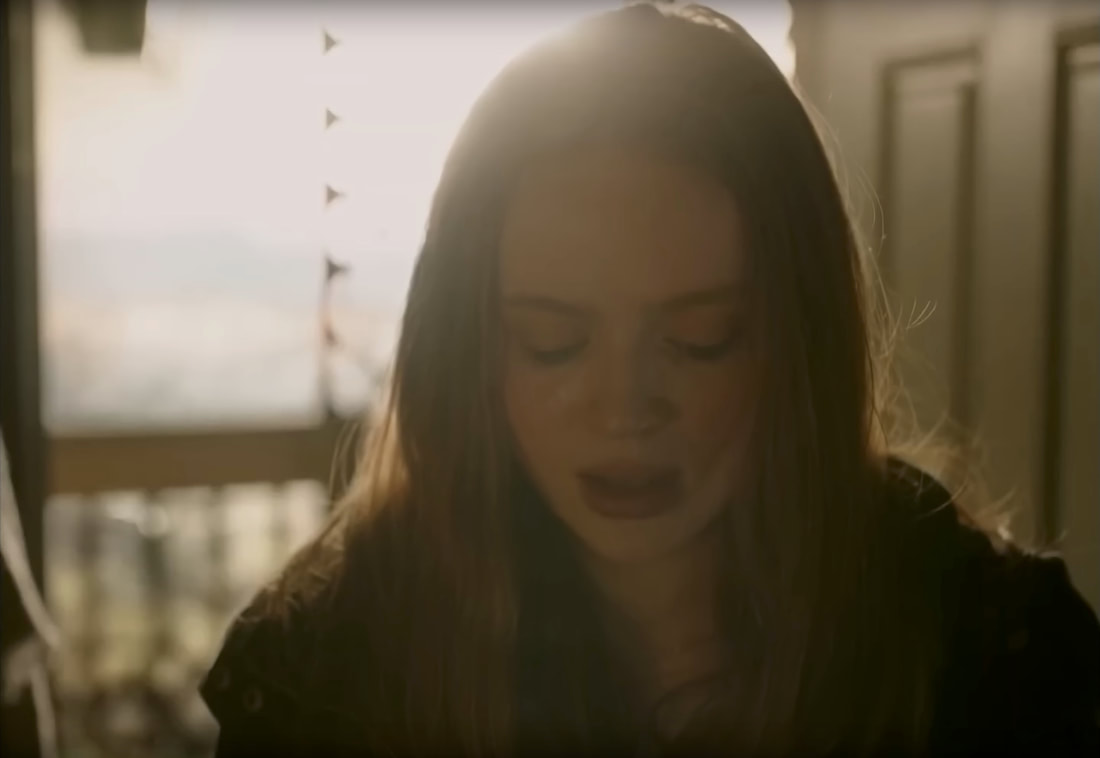
 RSS Feed
RSS Feed
